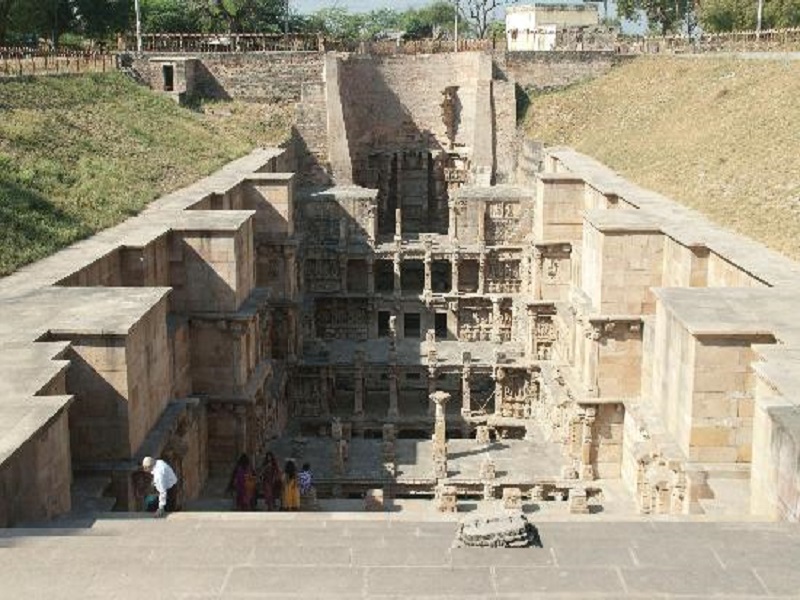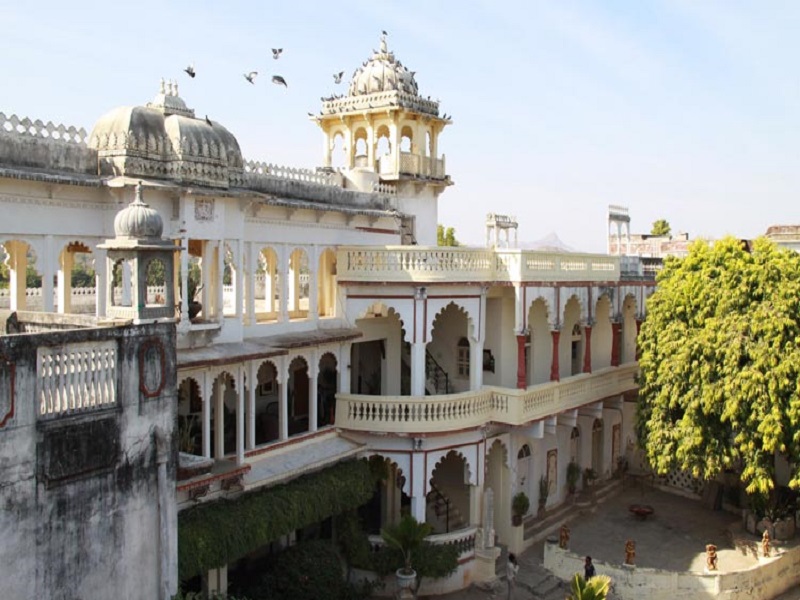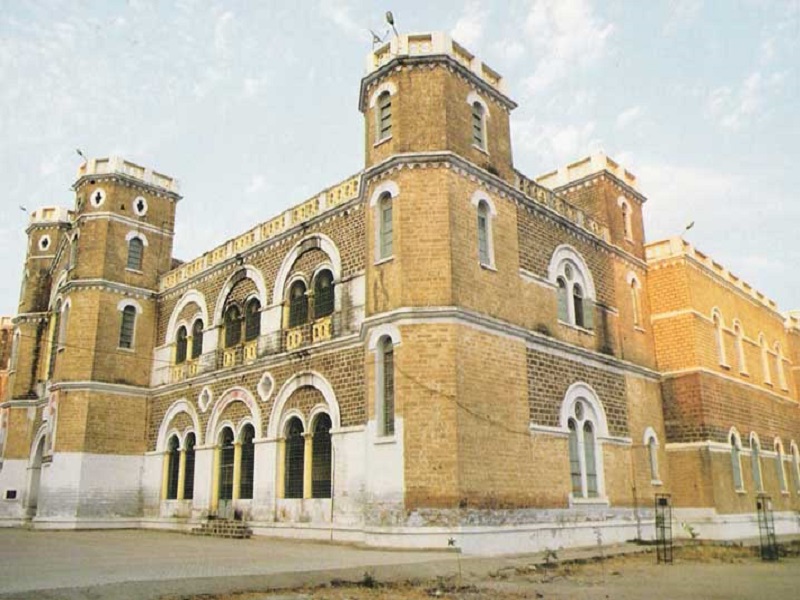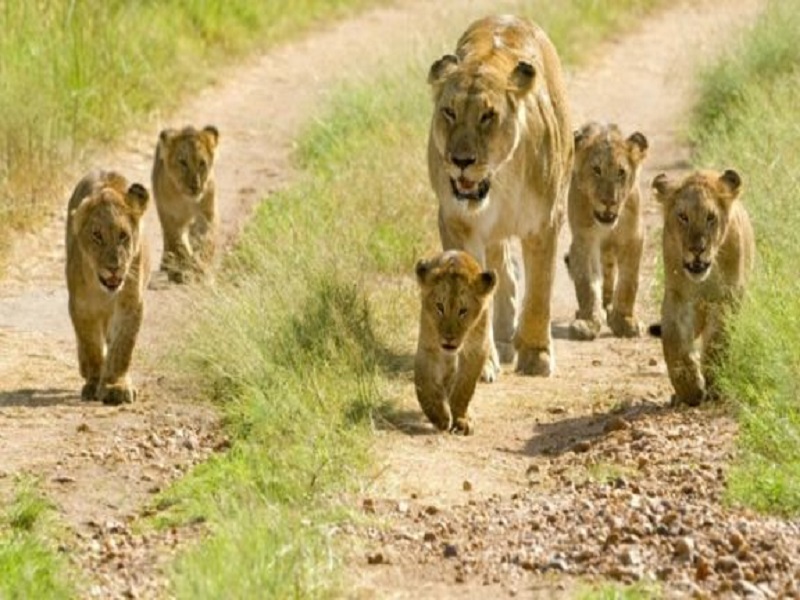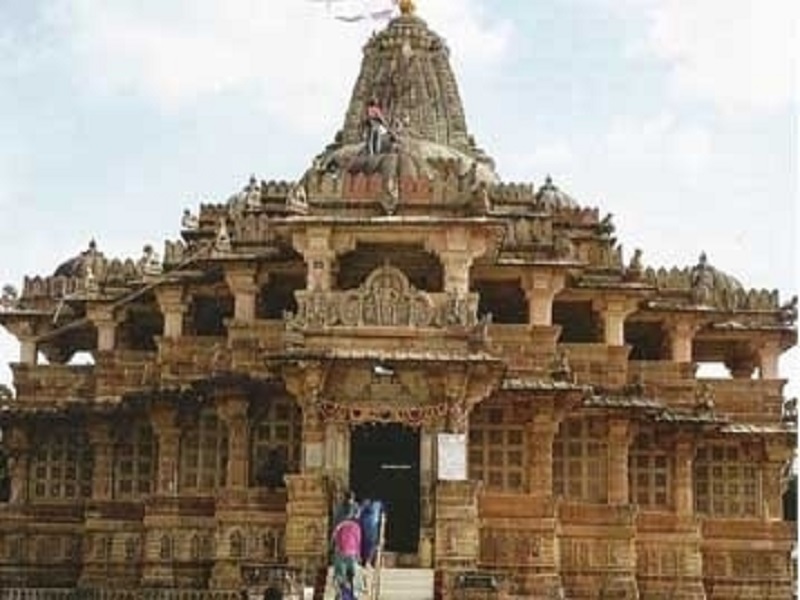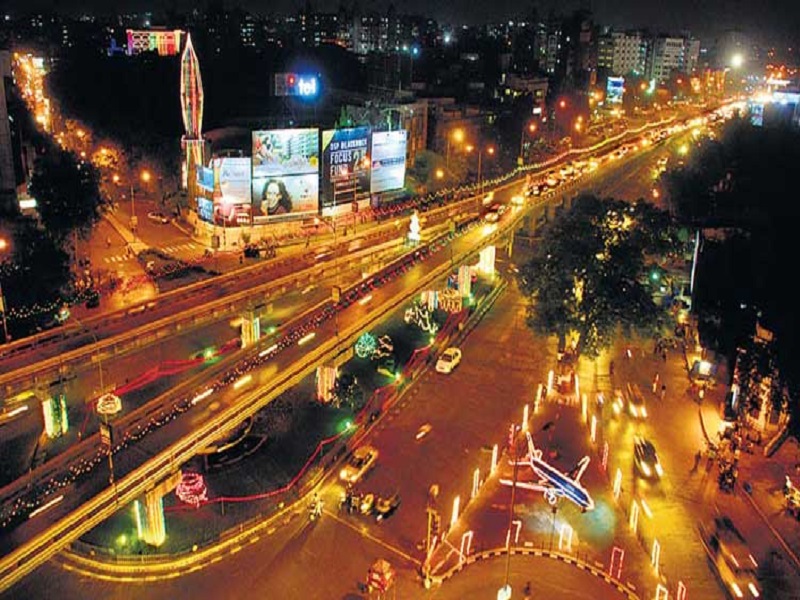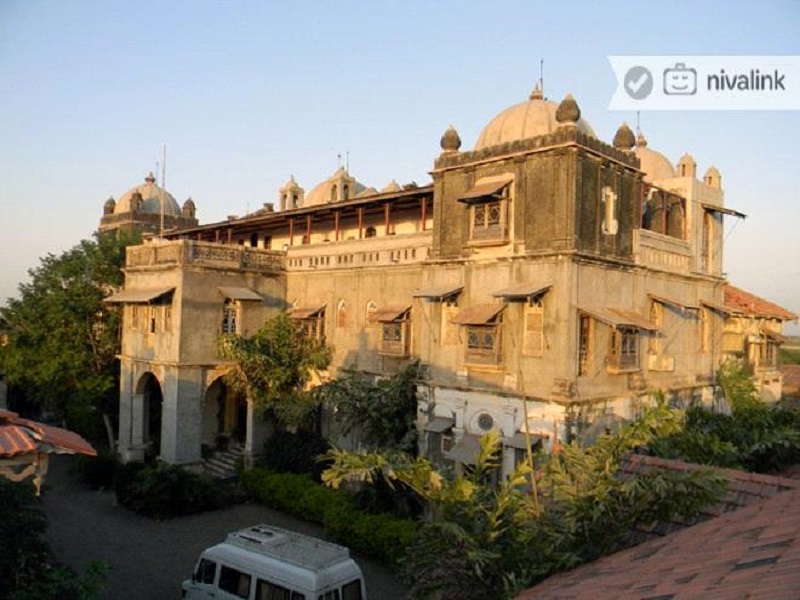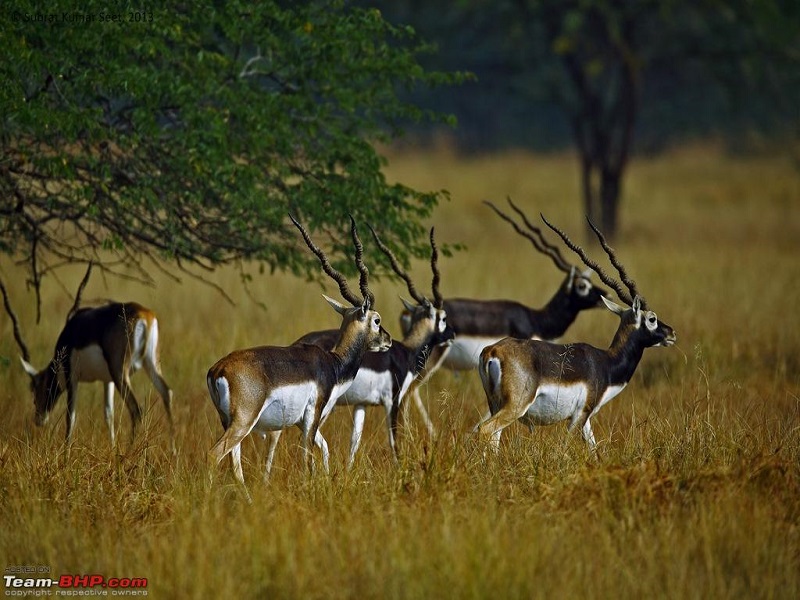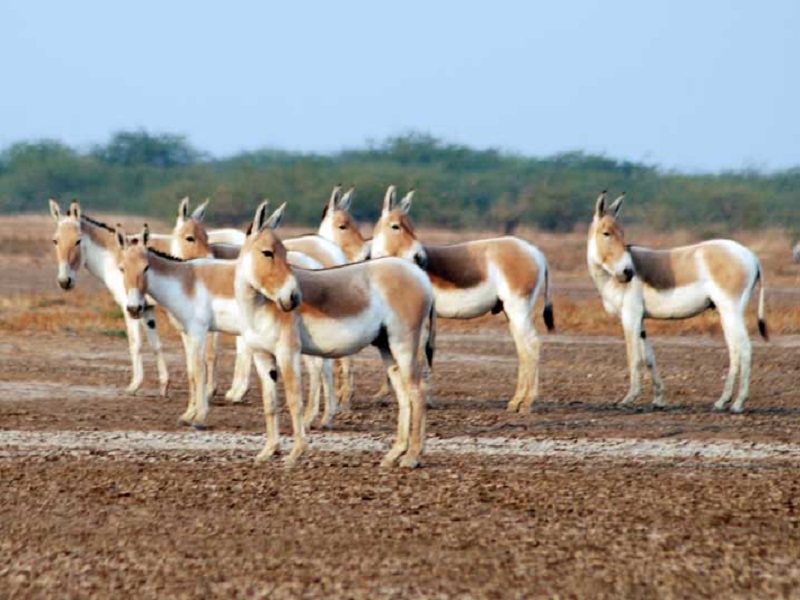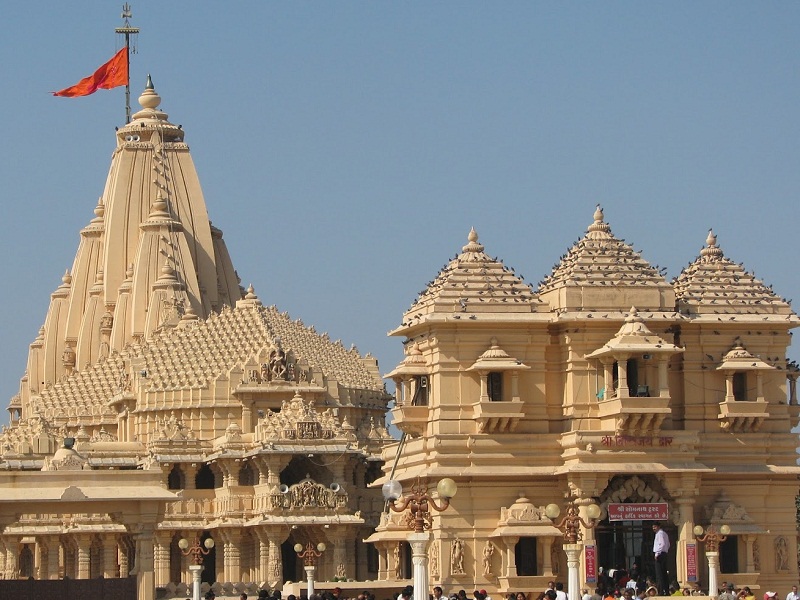- It was reputed as the capital of Guajarat from the 8th century till Ahmad shah moved his seat of power to the larger and more impressive citadel of Ahmedabad in the 15th century. It saw the rise and the fall of the Solanki Rajput dynasty, the strong but short lived 76 year long rule of the Waghela Rajput dynasty and the first few generations of the Muslim Sultanate. . .
- It is city of a mythological story about the great freindship between lord krishna and sudama. Porbander was the last capital of the jethwa rajputs, who ruled this area for about 1200 years -shifting capitals from ghumli, ranpur and chhaya. Present day porbander was established as a capital by rana sartanji in 1785 A.D.porbander, originally a fortified town, with high rampart walls, bastions and five gates, lost its fortification by the order of colonel lally in 1888 A.D . . .
- The rulers of Poshina are descendants of the Chalukyas, who ruled much of Central India and the whole of Gujarat in the 12th century. They conquered Poshina from the Rathore Rajputs in medireview times.The village of Poshina is home to a number of artisans the tribal arrow crafters, silver, Potters, blacksimiths and the bazaar is famous for silver tribal jewerly, ORNATE sheathed daggers and terra cotta horses. . .
- Located in the heart of Gujarat, the fascinating town of Rajkot was the capital of the princely state of Saurashtra. It was also reputed as a former British government headquarters where Mahatma Gandhi spent early years of his life. A peaceful town some 30-35 years back on the riverbank of Aji, today Rajkot is known as the "Paris of Saurashtra". . .
- Most of the tourists explore the sanctuary in search of Asiatic Lions. The lions, a smaller more compact version of their African cousins are best viewed at dawn or dusk when they are on the move. Gir has also leopards and numerous chital, nilgai, chinkara, the four horned antelope and wild boar. Marsh crocodiles are often seen at kamleshwar dam & farm developed in the forest. . .
- Situated comes in dang district ,saputara means the abode of serpents, and A snake image on the banks of river sarpangana is worshiped by the adivasis On festival like holi. The thick forest around saputara is dotted with Adivasi tribal villages and their musice and dancing is of great interest Of visitors. One can see dangi tribes surrounding saputara area in dangs District, located in the hills of sahyadri. . .
- It is an ancient sacred town on the bank of the saraswati river. Siddhpur derives its name from the great ruler of Gujarat, Siddhraj Jaisingh, who Constructed a magnificent shiva temple in 12th century a.d, rudra mahalay. At this town. For all the hindus this is the place to perform the matru Shraddh ( the ritual ceremony for maternal spirits ). Rudra mahalaya as a Magnificent shiva temple with a three storied shikhara, 1600 pillars, 12 Entrance doors, central mnadapa and porches on east, north and south and Sanctum in west. . .
- One of the state’s oldest cities, surat has been india’s ancient trading Centre. Since long traders from across the seven seas had links with this City, know for silks, textiles, spices and exquisite diamond cutting and Polishing, surat was described as ” a storehouse of the most precious Production of hindustan ” by portuguese traveller barbosa in 1514. The city Industrialisation began nearly a century later when the britishers set up The first factory in 1612. . .
- The Palace Uteliya is a typical work of the Indo-Saracenic architectural style with European influences, and features 5 domes, pillared galleries, balconies and porticoes. The highlight of the property is the dining hall, which is appointed in elegant wooden furniture, well framed portraits, gilt framed mirrors and antique corner tables. . .
- The park has more than 1,000 Black Buck that can be viewed on the open grassland from very close range, though they are very shy in the presence of humans. This exclusively Indian animal, is perhaps, the most graceful and beautiful of its kind. It has ringed horns that have a spiral twist of three to four turns and are up to 70 cm long. . .
- Zainabad, located on the periphery of the Little Rann of Kutch is 100 Kms from Ahmedabad. It is the perfect entrance to the Little Rann of Kutch. The culture of Zainabad has a blend of both Saurashtra and Kutch, making it very unique. This is reflected in the architecture, arts and crafts of this region. The hospitality of the people of Zainabad is sure to touch your heart. . .
- The literal meaning of the Somnath is “The protector of the Moon God” and the legend has it that Soma or the Moon God constructed this temple in Gold. He was cursed by Daksha his father-in-law to wane because Soma loved only one of his wives Rohini all of whom were Daksha's daughters. Soma's other wives complained his behavior to their father Daksha, who in turn cursed him. . .
- In the 13th century, King Pethasinh of Pethapur, ruled over Shertha town. After the death of Pethasinh, the Sultanate of Patan used this land as battle ground. Sultan Ahmed Shah decided to move his capital from Patan to a new city, and built Ahmedabad. In 1960, Bombay state was split in two different states, Gujarat and Maharashtra. Ahmedabad became capital of Gujarat, and a new capital city was to be built on land which was once part of Pethapur state. . .

